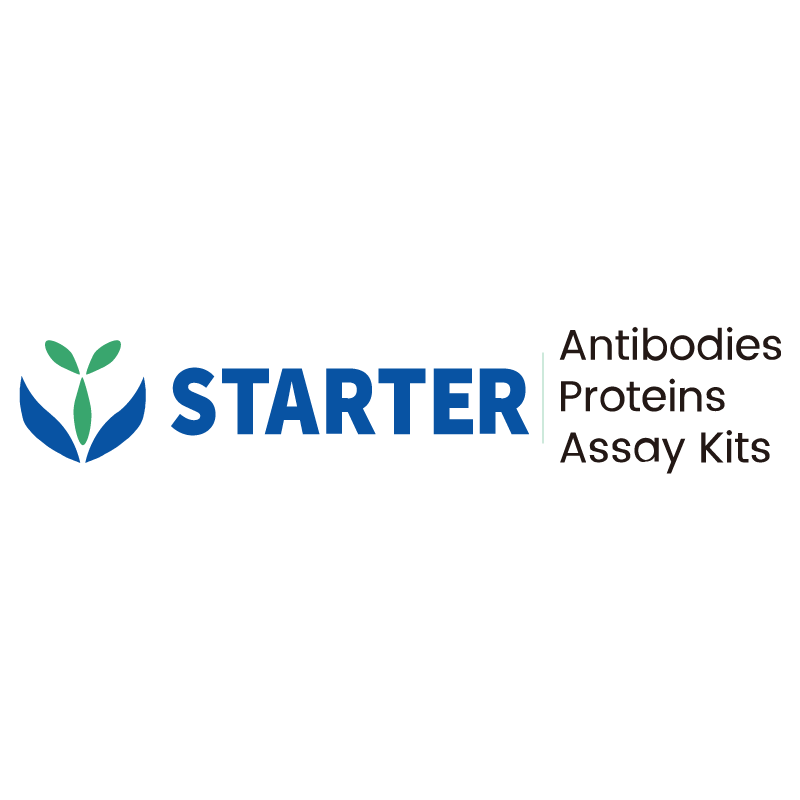Flow cytometric analysis of HepG2 (Human hepatocellular carcinoma epithelial cell, Left) labelling CD243 antibody at 1/200 dilution (1 μg) (Right panel) compared with a Mouse IgG2a, κ Isotype Control (Left panel) followed by Anti-Armenian Hamster IgG (H+L) biotin and Sav-PE.
Product Details
Product Details
Product Specification
| Host | Mouse |
| Antigen | CD243 |
| Synonyms | ATP-dependent translocase ABCB1; ATP-binding cassette sub-family B member 1; Multidrug resistance protein 1; P-glycoprotein 1; Phospholipid transporter ABCB1; MDR1; PGY1; ABCB1 |
| Location | Cytoplasm, Cell membrane |
| Accession | P08183 |
| Clone Number | S-2907 |
| Antibody Type | Mouse mAb |
| Isotype | IgG2a,k |
| Application | FCM |
| Reactivity | Hu |
| Positive Sample | HepG2 |
| Purification | Protein A |
| Concentration | 2 mg/ml |
| Conjugation | Unconjugated |
| Physical Appearance | Liquid |
| Storage Buffer | PBS pH7.4 |
| Stability & Storage | 12 months from date of receipt / reconstitution, 2 to 8 °C as supplied |
Dilution
| application | dilution | species |
| FCM | 1:200 | Hu |
Background
CD243, also known as multidrug resistance protein 1 (MDR1) or P-glycoprotein (P-gp), is a 170 kDa transmembrane protein that belongs to the ATP-binding cassette (ABC) transporter family. It functions as an ATP-dependent efflux pump, transporting a wide range of lipophilic compounds, including anti-cancer drugs, out of cells. This protein is expressed on various cell types, such as B cells, T cells, and NK cells, but not on monocytes. CD243 plays a significant role in multidrug resistance in cancer therapy and is involved in the transport of molecules across cellular membranes.
Picture
Picture
FC


